Food inflation rose to 4% during October, affected by poor harvests, rising production costs and commodity price increases.
In the British Retail Consortium (BRC) and Nielsen Shop Price Index for last month, the level of food inflation for fresh and ambient produce rose by 0.9% on September, affecting the level of overall shop price inflation which increased to 1.5% in October.
Stephen Robertson, director general at the BRC, said: “Overall shop price inflation is still low, but pressure from food has edged it up. After three months of stability, food is being hit by a combination of poor harvests, rising production costs and previous commodity cost rises working through.
“In particular, the wet summer and higher feed costs are affecting vegetables and meat and poor supplies on world markets are making the ingredients for some manufactured foods more expensive.”
He added that the above costs started to drop during the last quarter of the year, which promised to help ease pressure in the run-up to Christmas, as retailers started to push promotional activity and discounts to attract more shoppers.
Mike Watkins, senior manager, retailer services, Nielsen, said: “With weakened demand, there is intense price competition across all retail channels, especially on discretionary items, and this is keeping inflation low. However, it’s difficult to predict the levels of retail sales in the run-up to Christmas and, with cost price increases now being reflected in some food price inflation, this will inevitably make shoppers more cautious.
“Even so, with retailers maintaining promotional activity, there are sure to be some excellent deals out there for the savvy shopper.”
Non-food prices remained at the same level in October following a 0.2% decline in September.





















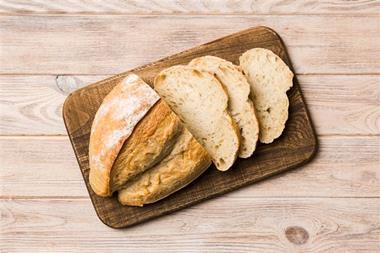



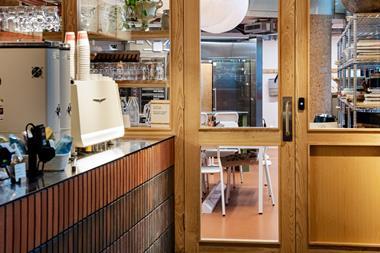


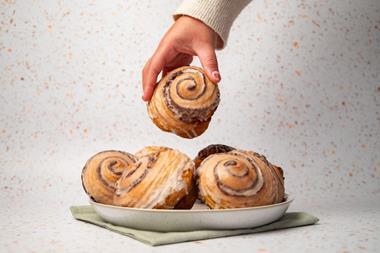
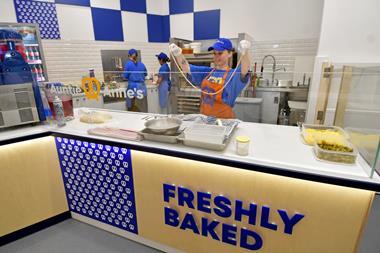
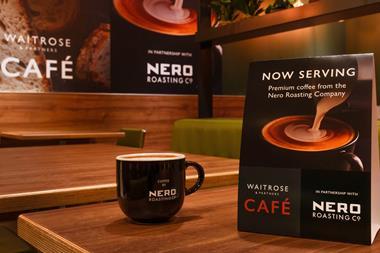

No comments yet